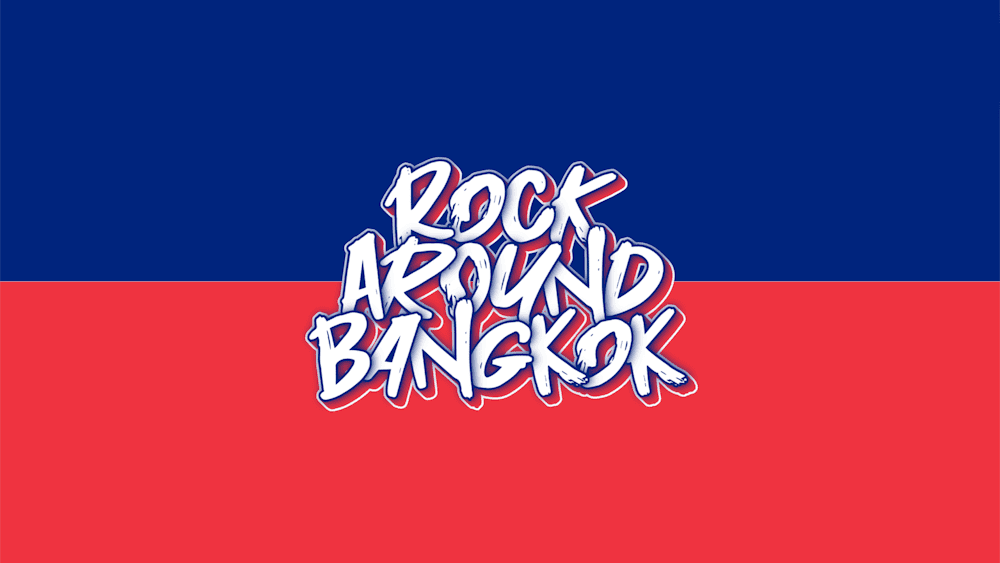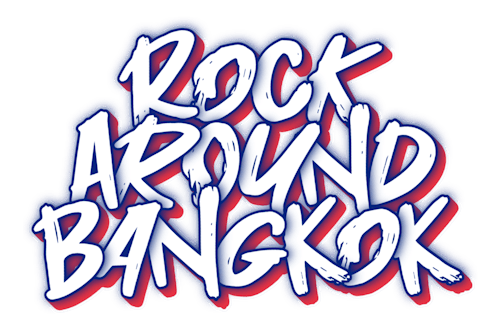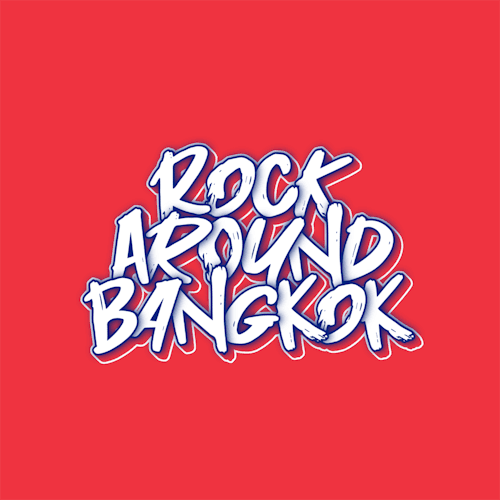Bangkok Mass Transit System (BTS Skytrain) is one of the most efficient ways to navigate the city, avoiding heavy traffic and providing quick access to major business districts, shopping areas, and tourist attractions. This presentation covers how the system works, who operates it, key routes, ticketing, and the future of Bangkok’s mass transit.



Who is in charge of the BTS Skytrain?
The BTS Skytrain (Bangkok Mass Transit System) is privately operated under a concession model by:
- Bangkok Mass Transit System Public Company Limited (BTSC) – This company manages and operates the BTS under a contract with the Bangkok Metropolitan Administration (BMA).
- BTS Group Holdings Public Company Limited – The parent company that owns BTSC and is involved in various infrastructure and real estate projects.
- Mass Rapid Transit Authority of Thailand (MRTA) – Although mainly responsible for the MRT subway, MRTA oversees transport expansion and coordination.
BTSC operates under a public-private partnership, with government oversight ensuring fair pricing and network expansion.
How does the BTS Skytrain work?
The BTS Skytrain is an elevated metro system, meaning trains run on tracks above street level, it consists of two main lines that intersect in the city centre:
- Sukhumvit Line (Green Line – Light Green)
- Silom Line (Green Line – Dark Green)
These two lines serve as the backbone of Bangkok’s mass transit system, connecting key districts and transfer points to other public transport.
BTS Skytrain Routes and Interchanges
Sukhumvit Line (Light Green):
- Runs north to southeast from Khu Khot (Pathum Thani) to Kheha (Samut Prakan).
- Covers major areas like Mo Chit, Siam, Asok, Phrom Phong, and Bearing.
- Interchanges:
- MRT Blue Line at Mo Chit (Chatuchak Park), Asok (Sukhumvit)
- Airport Rail Link at Phaya Thai
- Runs west to south from Bang Wa to National Stadium
- Covers major areas like Siam, Chong Nonsi, and Saphan Taksin (Chao Phraya River Pier)
- Interchanges:
- MRT Blue Line at Silom (Lumphini Park)
- BRT (Bus Rapid Transit) at Chong Nonsi
Future Expansions:
- New BTS extensions are expanding the Green Line further into suburban Bangkok.
- Additional metro projects (like the MRT Pink, Yellow, and Orange lines) will increase connectivity.
Ticketing System and Fares
Multiple options for paying BTS fares:
Single Journey Ticket:
- Purchased at ticket vending machines or booths
- Fare: 16–59 THB (depending on distance)
Rabbit Card (Stored Value Card):
- A prepaid card used for BTS and other affiliated services (like McDonald’s or 7-Eleven)
- Recommended for frequent travelers to avoid long queues
One-Day Pass:
- Unlimited rides for 140 THB (great for sightseeing days)
Monthly and Student Passes:
- Discounts for daily commuters and students.
Common Challenges and Tips
Peak hour crowds:
7:00–9:00 AM and 5:00–7:30 PM
Trains can be very crowded, especially at Siam Interchange
Limited coverage in some areas:
- The BTS does not reach Old Bangkok (Rattanakosin) or some riverside locations
- Use boats, taxis, or MRT for better connectivity
Limited operating hours:
- 5:30 AM to midnight
- No service in the early morning hours
Different ticketing systems:
- The BTS, MRT (subway), and Airport Rail Link use separate ticketing systems
- The Rabbit Card does not work on MRT (yet)
The Future of Bangkok’s Skytrain Network
- Planned expansions: More BTS lines and interconnections with MRT and suburban rail.
- Smart ticketing integration: One-card access for BTS, MRT, and buses.
- Sustainability initiatives: Plans for energy-efficient trains and eco-friendly stations.

